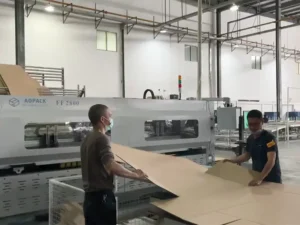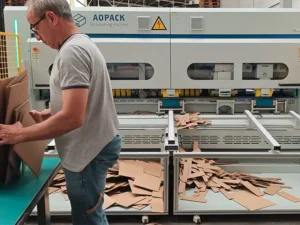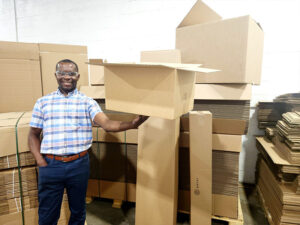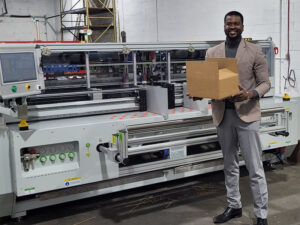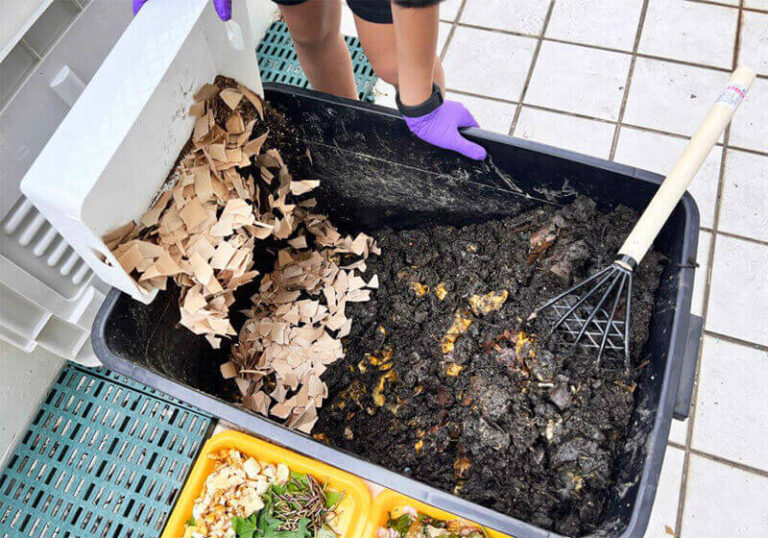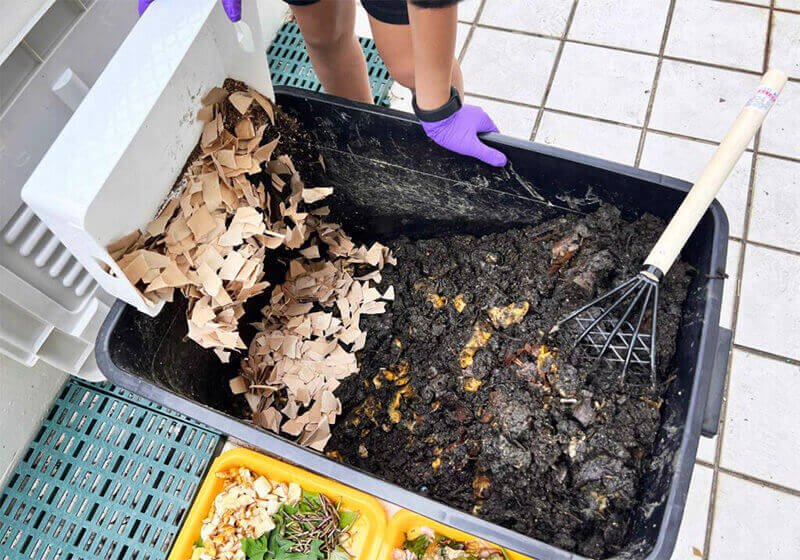In an era where environmental sustainability is more crucial than ever, composting emerges as a simple yet effective solution to reduce waste and enhance soil health. Composting is the natural process of recycling organic material, such as food scraps and yard waste, into a rich soil amendment known as compost. This process not only reduces the amount of waste sent to landfills but also enriches the soil, helping plants grow. Among the various materials suitable for composting, cardboard boxes stand out as a sustainable option. This article explores the role of cardboard in composting, its environmental and economic benefits, and practical steps for effective composting.
Cardboard is primarily composed of cellulose, a natural organic compound that serves as an excellent carbon source for composting. In the composting process, a balance between carbon-rich materials (browns) and nitrogen-rich materials (greens) is essential. Cardboard, being a carbon-rich material, helps maintain this balance, facilitating the breakdown of organic matter by microorganisms. Unlike plastic or Styrofoam packaging, cardboard is biodegradable and can be easily broken down into nutrient-rich compost, making it an eco-friendly choice for both individuals and businesses.
Composting Cardboard Boxes – A Sustainable Solution For A Greener Future
Composting is breaking down organic material into a nutrient-rich soil enhancer called compost. Composting occurs naturally when microorganisms break down food scraps, yard waste, and other organic matter. Composting requires the right balance of carbon, nitrogen, moisture, and oxygen.
Are Cardboard Boxes Compostable?
Yes, cardboard boxes are an excellent carbon source for composting. Unlike plastic or Styrofoam packaging, cardboard is a sustainable and eco-friendly option that can be turned into nutrient-rich compost for your garden. When cardboard is composted, it breaks down into organic matter that can improve soil quality and promote healthy plants. Corrugated cardboard boxes are a great addition to any compost pile.
Environmental Impact
The environmental benefits of composting cardboard are significant. When organic waste, such as cardboard, is sent to landfills, it decomposes anaerobically, releasing methane—a potent greenhouse gas that is approximately 25 times more effective at trapping heat in the atmosphere than carbon dioxide. By composting cardboard, we can divert waste from landfills, thereby reducing methane emissions and contributing to a decrease in overall greenhouse gas emissions. Furthermore, composting enriches the soil, reduces the need for chemical fertilizers, and promotes healthier plant growth, which can lead to improved air quality and biodiversity.
Economic Benefits
Composting cardboard boxes also offers economic advantages, particularly for businesses. By reducing the volume of waste sent to landfills, businesses can lower their waste disposal costs. Additionally, using compost produced from cardboard can reduce the need for purchasing commercial fertilizers, leading to further cost savings. For businesses that generate a significant amount of cardboard waste, such as retail and e-commerce companies, composting can be an effective waste management strategy that aligns with cost-saving goals.
Social Responsibility
In today’s market, consumers are increasingly aware of and concerned about environmental issues. Businesses that adopt sustainable practices, such as composting cardboard boxes, can enhance their brand image and demonstrate a commitment to environmental stewardship. This approach can foster customer loyalty and attract environmentally conscious consumers. By integrating composting into their operations, businesses not only contribute to a greener future but also position themselves as leaders in corporate social responsibility.
Practical Steps: How to Compost Cardboard Effectively
Composting cardboard is a straightforward process that can be done at home or on a larger scale by businesses. Here are some practical steps to ensure effective composting:
Preparation: Start by removing any non-compostable materials, such as tape or labels, from the cardboard. Cut the cardboard into small pieces to speed up the decomposition process.
Layering: In your compost bin or pile, alternate layers of cardboard with nitrogen-rich materials, such as food scraps or grass clippings. This layering helps maintain the necessary carbon-to-nitrogen ratio.
Moisture and Aeration: Ensure the compost pile is moist but not waterlogged. Regularly turn the pile to aerate it, which helps microorganisms break down the materials more efficiently.
Monitoring: Keep an eye on the compost pile’s temperature and moisture levels. A well-maintained compost pile should generate heat, indicating active decomposition.
Harvesting: After a few months, the compost should be dark, crumbly, and earthy-smelling. This nutrient-rich compost can be used to enrich garden soil or potted plants.
Conclusion
Composting cardboard boxes is a sustainable solution that offers numerous environmental, economic, and social benefits. By diverting waste from landfills, reducing methane emissions, and enriching the soil, composting contributes to a healthier planet. For businesses, it presents an opportunity to reduce costs and enhance their brand image through sustainable practices. As individuals and organizations increasingly recognize the importance of environmental stewardship, composting cardboard boxes can play a vital role in building a greener future. Embracing this practice not only benefits the environment but also aligns with the growing demand for sustainable solutions in our daily lives.
How useful was this post?
Click on a star to rate it!
Average rating 0 / 5. Vote count: 0
No votes so far! Be the first to rate this post.

